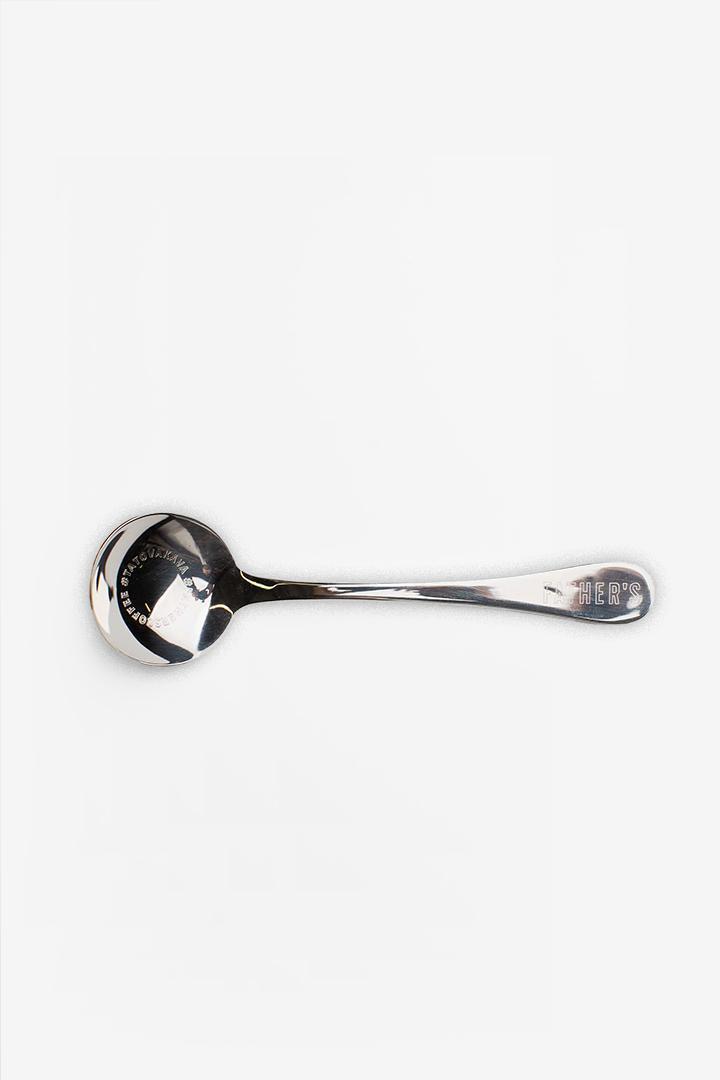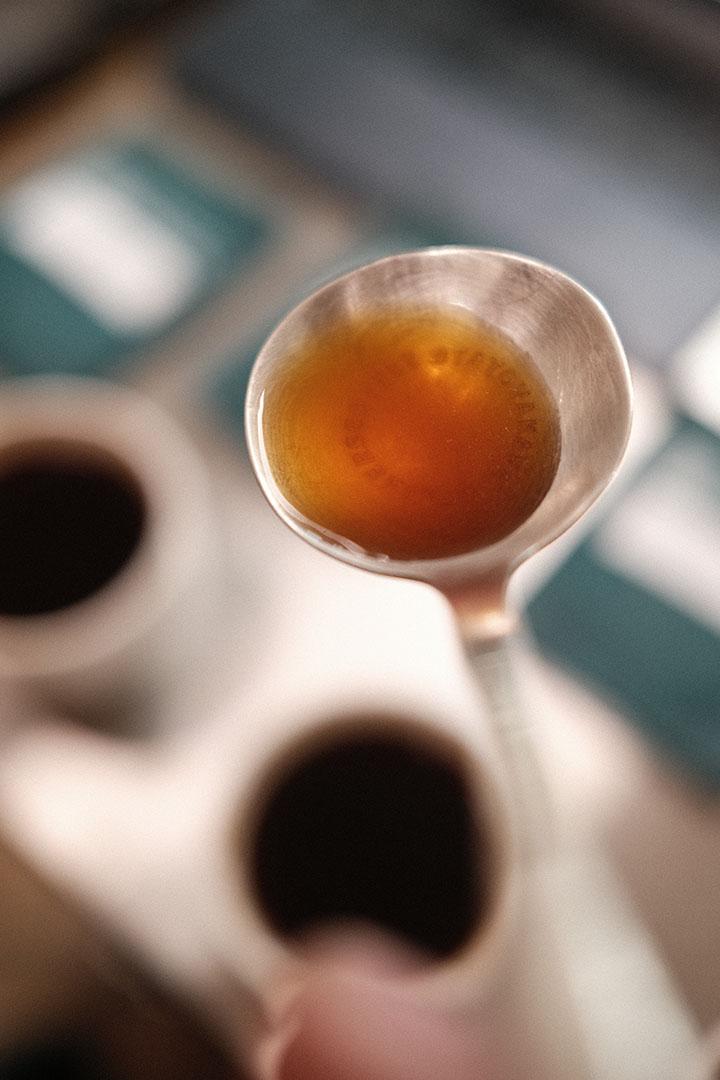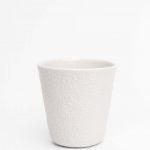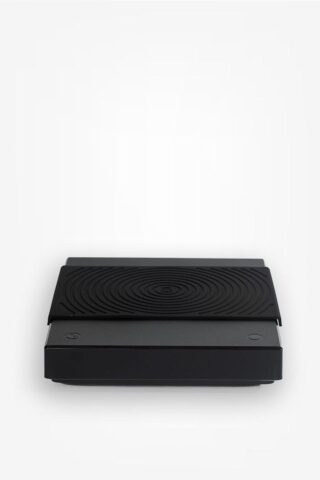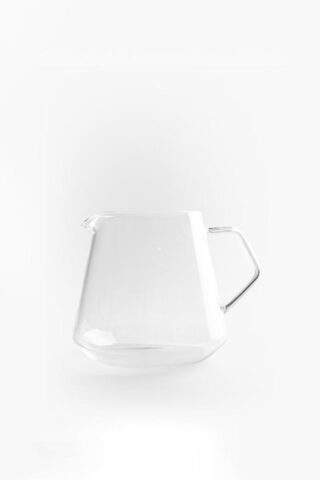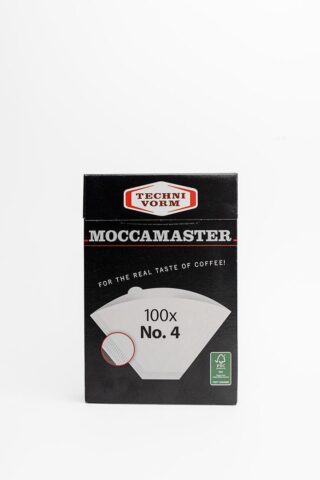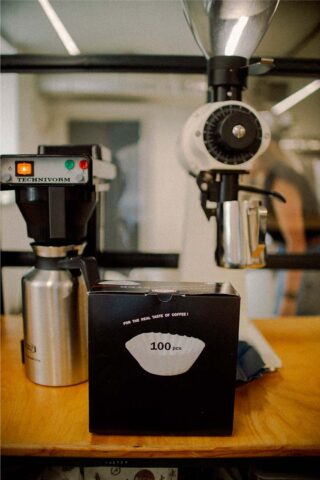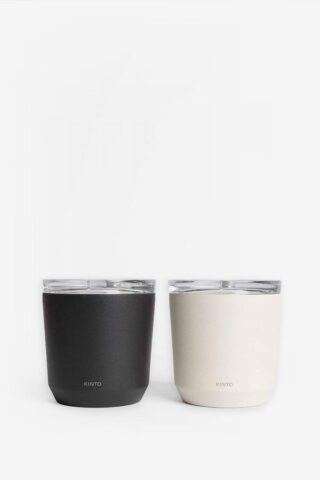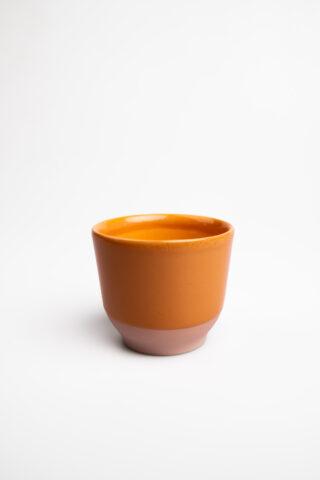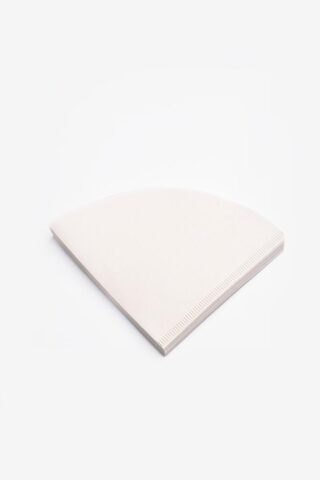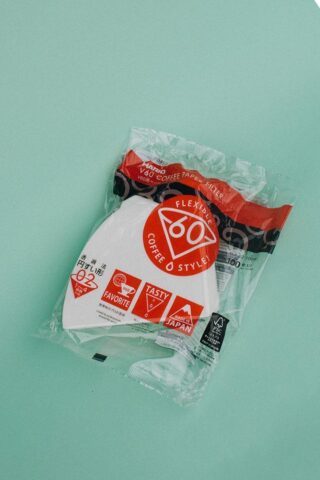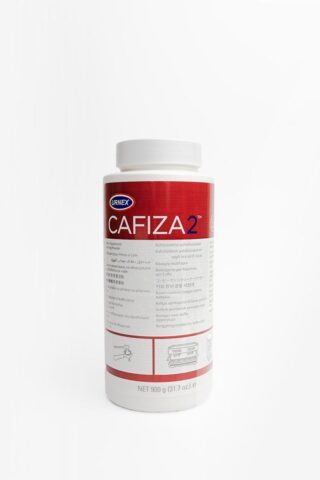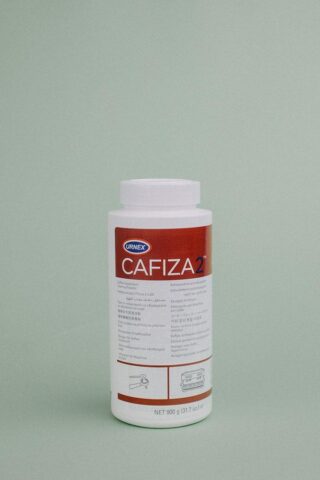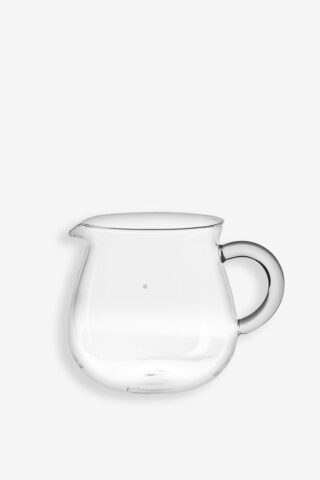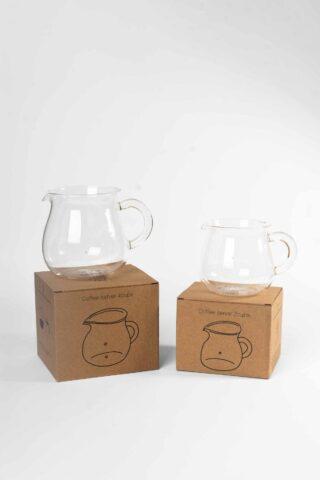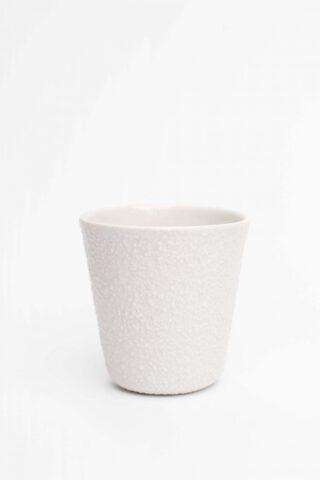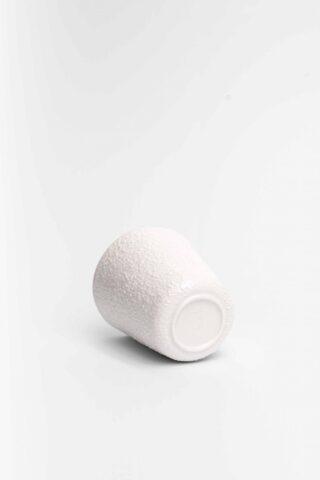Cupping spoon
€ 10.66
The silver-plated cupping spoon with the Father’s logo is made of stainless steel and thanks to the correct depth, shape, and bend, it will be the ideal tool for your regular coffee tastings.
We work with several couriers worldwide, the table HERE specify the conditions for each country.
If your country is not available please send us an email to info@fathers.cz.
Related Products
Handy weight designed for both professional baristas and home enthusiasts.
Fast and accurate weight that guarantees you accurate weight measurement with an accuracy of 0.1 grams. The weight is large enough to fit the portafilter from the coffee machine and is a handy helper to achieve the perfect espresso in a cafe, but also at home in the kitchen.
The scale is also suitable for use in the preparation of any filtered coffee. A novelty is the Auto – timing function, automatic start of time when pouring water.
The scale is perfectly portable, with its dimensions of 15.2 cm x 13 cm x 2.8 cm, it is also suitable for travel.
The LED display of the scale is waterproof and the package also includes a non-slip silicone pad.
The coffee pot is a design piece from Kinto. The kettle is made of full glass and is an integral part of the accessories you should have at home for preparing the best coffee or other hot drinks. All Kinto accessories are handcrafted from the finest materials under strict quality standards.
Material: Heat-resistant glass
Capacity: 300ml
Suitable for dishwasher and microwave oven
Pack of original filters for Technivorm Moccamaster coffee machines (except Moccamaster Cup One)
Size 4/110 mm
100 pcs in a package
Material – paper
A simple to-go Tumblr from a Japanese brand called Kinto will keep your coffee warm for a full hour and will help you to enjoy your cup for a long time while keeping its original taste and smell. Now also comes with the plug in the lid to keep the coffee from spilling.
It is very comfy to drink out of it, even with the lid on. And the lid is see-through, so you can always see your latte art.
We recommend not using it in a dishwasher but hand cleaning it using an ecology-friendly cleaning product.
We can’t wait for you to enjoy this to go tumblr.
Choose your size and color below.
Our tote bag with oeko-tex certification.
If you’d like to safe on shipping, you can order this bag with coffee and get free shipping.
(check for shipping options and conditions for your specific region here)
In this cup, every coffee of yours will be fruity and sweet, like the best Spanish orange.
Another cup from the P3L1 studio, which we worked on together for almost a whole year.
Currently available in ‘cappuccino’ size (150–160ml).
Hario V60 paper filters are strong despite their softness and keep the coffee grounds where they need to be – in the dripper. They are biodegradable and environmentally friendly.
Manufacturer Hario (Japan)
Material Paper
White color
The package contains 100 pcs
The coffee pot is a design piece from Kinto. The kettle is made of full glass and is an integral part of the accessories that you should have at home for preparing the best coffee or other hot drinks. Available in two sizes.
All Kinto accessories are handcrafted from the finest materials under strict quality standards.
Material: Heat-resistant glass
Capacity: 300ml/600ml
Suitable for dishwasher and microwave oven
The straps are crossed at the back to avoid putting any weight on your neck.
Straps are also easily removable to allow easy washing.
Available on backorder
Petra and Libor Šosták like to cross the boundaries between art and design. Their porcelain cappuccino mug with a unique structure has been fired in Rožnov pottery kilns and is ready to be part of your artistic experience of drinking your favorite coffee.
Material: porcelain/white
Dimensions: W 85 x H 90 mm
Volume: 200ml


